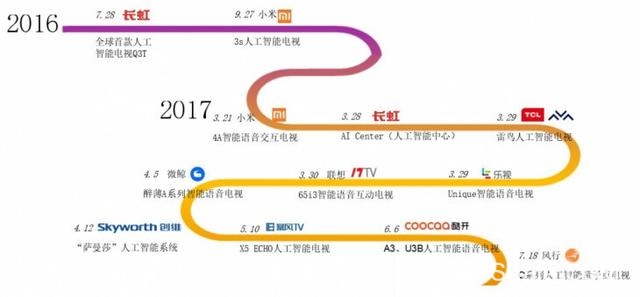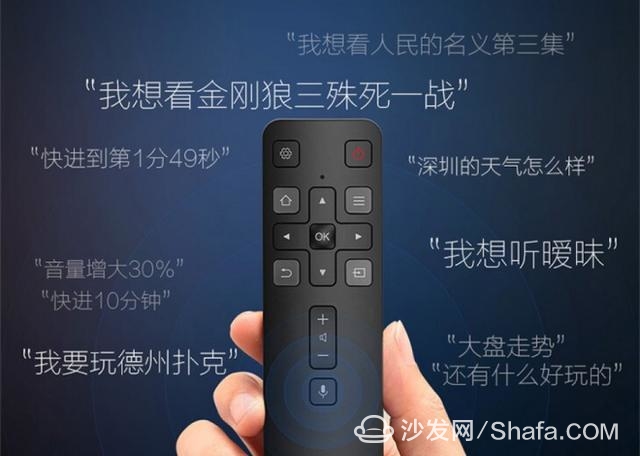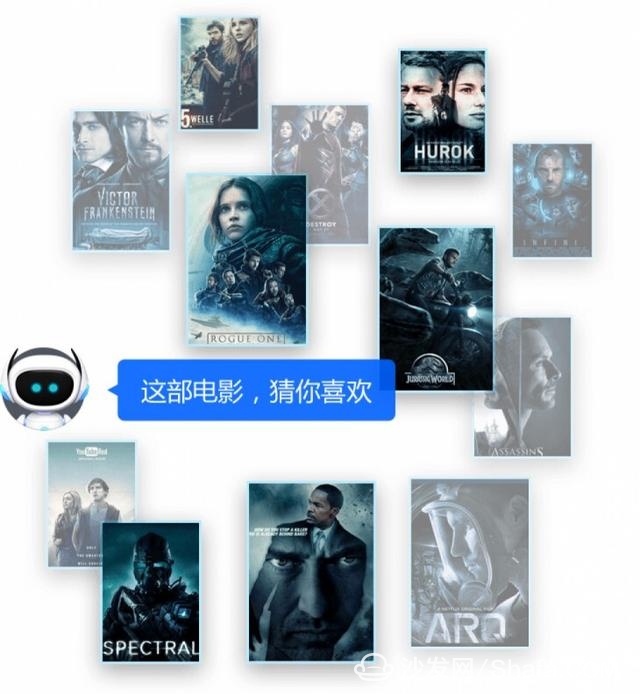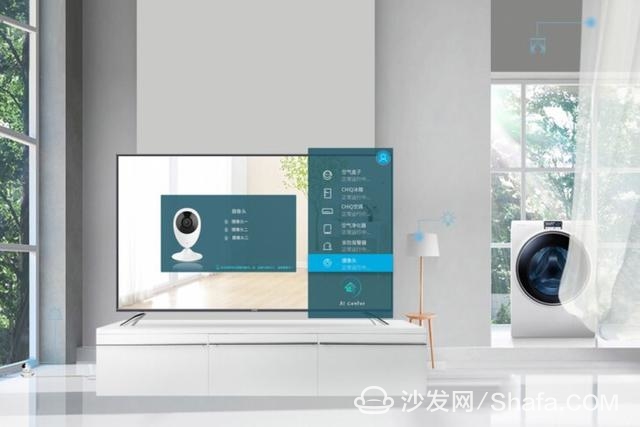What is an artificial intelligence TV? At the 2017 Artificial Intelligence TV Industry Summit held in Beijing some time ago, the “2017 Artificial Intelligence TV White Paper†released jointly by the China Electronic Chamber of Commerce and Jingdong Home Appliances gave a definition of “accepting user instructions through sensors and relying on basic applications and basicsâ€. The data platform recognizes and understands the user's purpose, makes feedback and processing, and relies on sound technical logic and big data operations, combined with deep learning algorithms, analyzes user habits, and masters user preferences and behavioral logic to achieve more precise interaction and personality. Content recommendations." From this definition, it can be seen that the algorithms, hardware, and technology required by artificial intelligence televisions need time to accumulate. There are certainly many problems with so many artificial intelligence televisions in such a short time.


3, speech recognition accuracy rate is affected by external factors
With regard to some artificial intelligence TVs that have been experienced before, voice recognition capability cannot actually achieve significant gaps. The accuracy rate can reach at least 90% or more. If you are talking, basically all TVs can understand and can be controlled in a realistic use scenario. There are many, such as dialects, environmental noise, the speed of speech, etc., will have a certain impact on accuracy.
For example, our country has complex dialects and local accents. However, only some televisions currently support a few dialects. Even if it is putonghua, the use of other people's speeches in the process will have a greater impact on the accuracy of recognition. , It is not suitable for the whole family to sit and chat while voice control TV.
4, there is much room for improvement in semantic understanding
Voice recognition is the most basic in the process of intelligent voice interaction. Excluding external interference factors, the accuracy rate is relatively high. To tell a TV the name of a specific movie or TV show, the TV will automatically start searching after recognition. If you start playing, you can ask questions such as "Dong Dongying's TV series" and "Oscar's Best Picture last year." This is the test of TV's semantic understanding ability. It requires precise analysis and in-depth understanding to give a satisfactory answer. With high technical requirements, there is much room for exploration.
5, full voice control can not be achieved
Constrained by the unity of the content platform, smart TVs always have limitations on content and have to install third-party applications to expand content. However, voice function does not work for them. Content-based search ultimately targets only the built-in video platform of the TV. The content, after entering the third-party applications, all the operations still need to be completed through the remote control button; the same is true after the signal source switching, such as when watching traditional cable TV, the common channel switching operation still depends on the remote control set-top box, voice The function has become a decoration.
Therefore, there are many limitations in the use of smart voice currently, can not be used throughout, it is difficult to cultivate the habit of voice control, even if it is to support the far-field voice of the TV is also the case, want to completely get rid of the remote control is unlikely, making the usefulness of voice features Greatly reduced.
6. It is difficult for the whole family to have thousands of people.
Compared to mobile phones with personal attributes, television is shared by the whole family. As an interactive artificial intelligence TV, combined with the definition at the beginning of the article, it needs to “analyze user habits and master user preferences and behavioral logic in order to achieve more accurate "Interactive and personalized content recommendation", however, different family members have different viewing habits, and TV content recommendation based on the captured viewing habits is certainly not accurate enough, perhaps relying on voiceprint recognition technology to achieve the "thousands of people" of the family. .


Microwhale TV mentioned that in depth cooperation with Microsoft and Baidu in the field of artificial intelligence will be in depth in face recognition, voiceprint recognition, emotion recognition, voice response, image recognition, video detection, etc. Explore, artificial intelligence services will continue to superimpose in the future.
10. Become an obstacle to entry of smart homes With the in-depth development of smart homes, TVs with large screens naturally have the advantage of smart home entrances, and TVs can be interconnected with other smart devices in the home, such as televisions, air conditioners, refrigerators, and water heaters. However, this requires the support of a unified control protocol. Judging from the current development situation, each major appliance company is fighting each other. The equipment that can be accessed is very limited, and the advantage in smart home entry competition is not obvious.

Smart TV/box information can focus on smart TV information network sofa butler (http://), China's influential TV box and smart TV website, providing information, communication, TV boxes, smart TVs, smart TV software, etc. Answering questions.
Suizhou simi intelligent technology development co., LTD , https://www.msmvape.com
